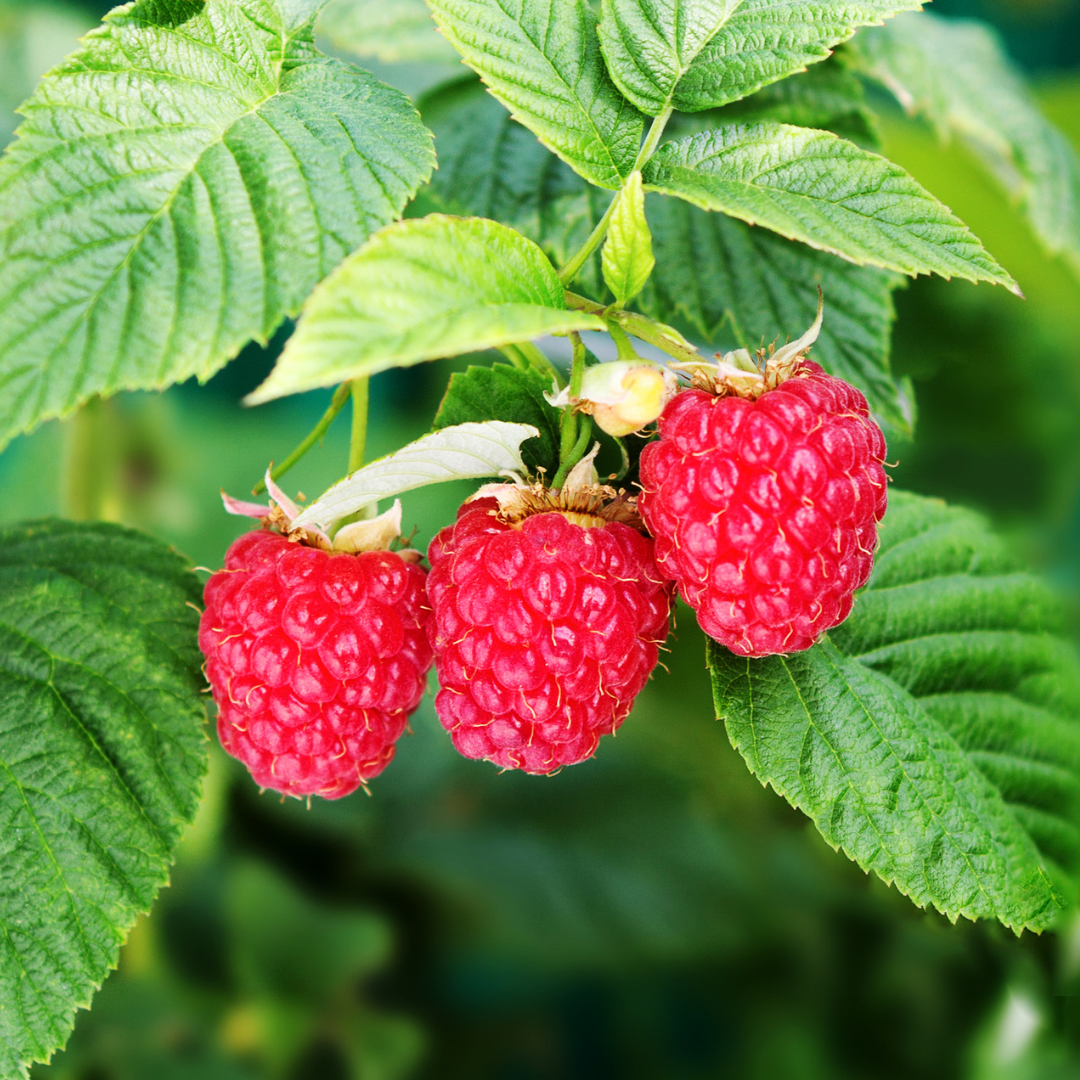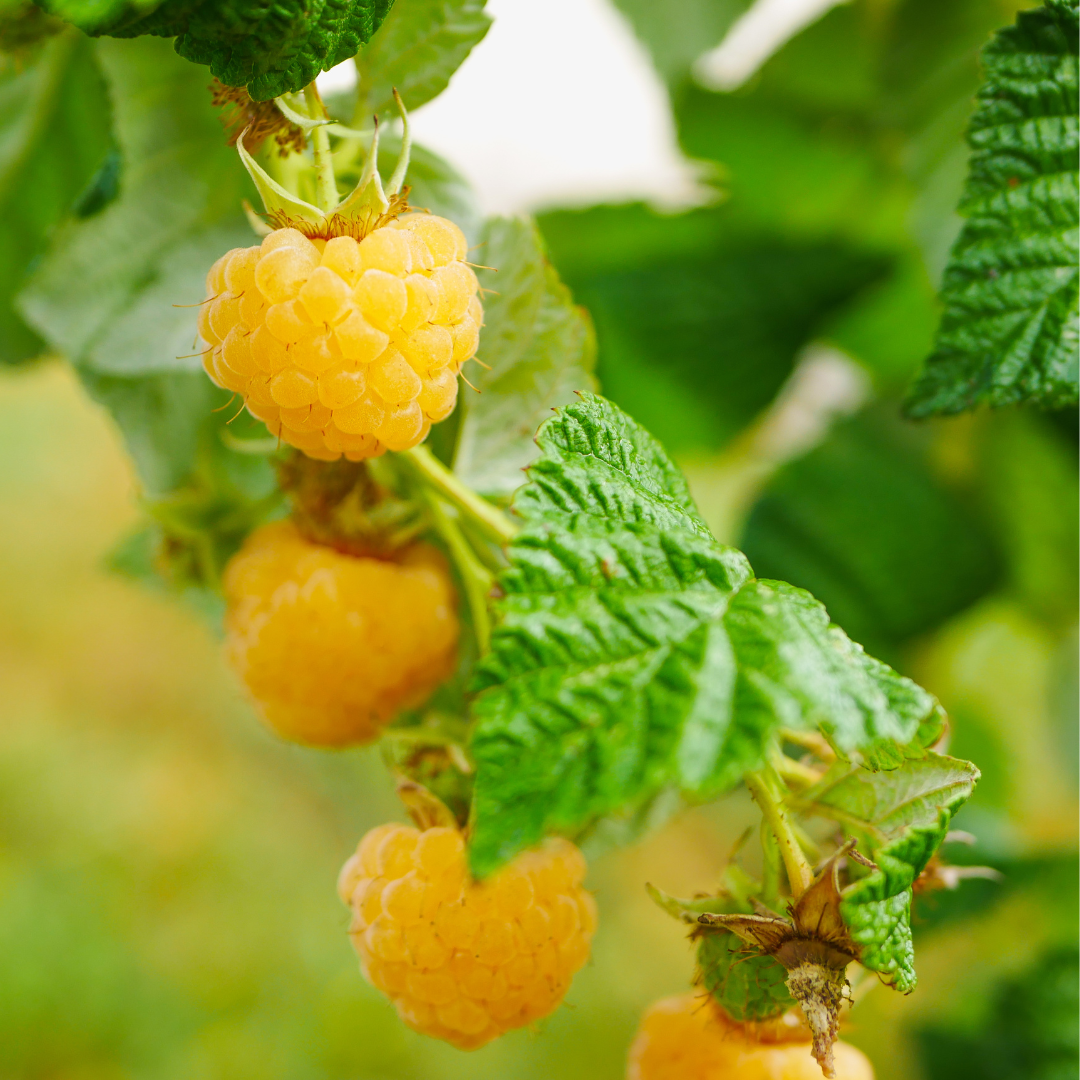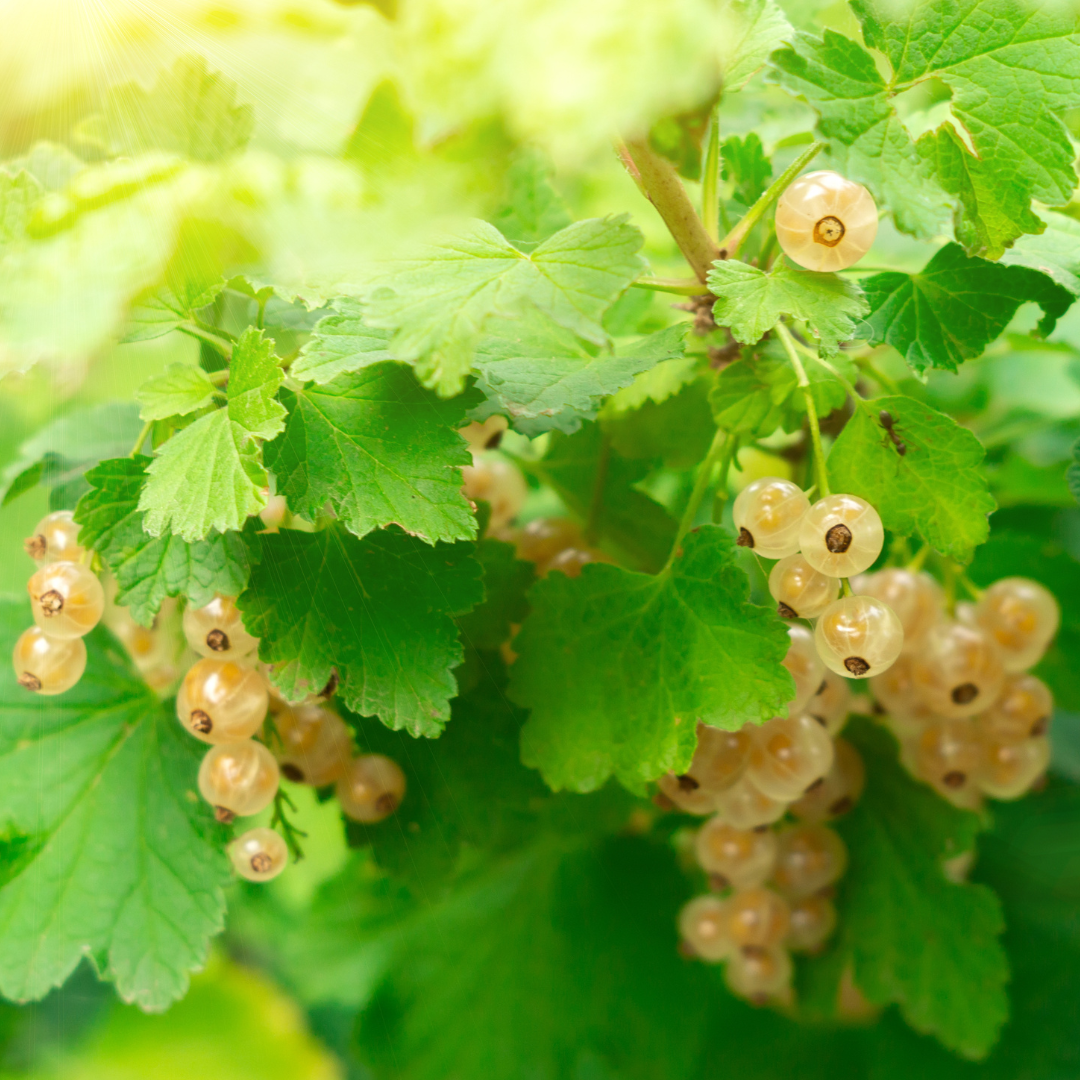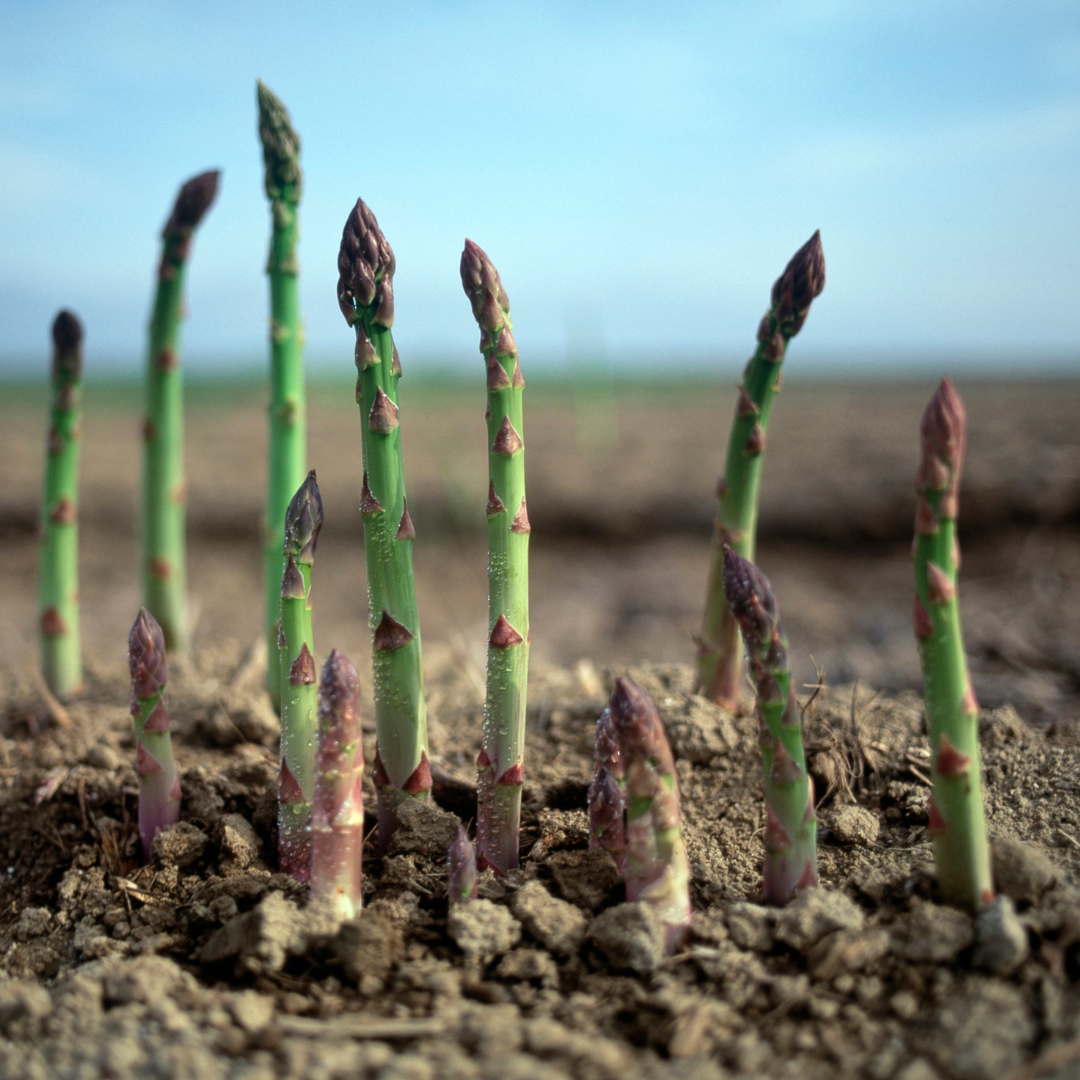Bare Root Small Fruits/Veg 2024
Raspberries
Raspberries are best grown in full sun and rich well drained soil with regular irrigation. Their blooms are attractive to pollinators and birds will compete with you for the fruit, making them quite wildlife friendly! Raspberries are self-pollinating.
After planting, prune the bare-root canes back to about 2 inches above the ground. Do not skip this step! This encourages the roots to send up new growth during the growing season. It is the nature of raspberry plants to send up new growth as suckers or basal shoots from below the ground. This means the canes that you plant may not be where you find signs of life or new growth. When it’s time to grow, you will see new sprouts emerge from the ground around where you planted the cane; this growth is coming from the raspberry plant’s root system.
Canby “Spring” Crop Raspberry: A tasty, nearly thornless raspberry producing large, good quality, bright red berries. Strong vigorous canes support the heavy summer crop. Nearly the ideal berry, great for freezing, canning, cooking, and fresh eating. Developed in Oregon and first introduced in 1953.

Caroline Everbearing Raspberry: Heavy crops of large berries with fantastic, intense flavor. Fruits ripen in summer and continue producing until frost. Tolerant to root rot and has a high resistance to gray mold.
Honey Queen Everbearing Raspberry: Honey Queen lives up to its name with its deliciously sweet honey flavor packed into beautiful yellow, soft, and medium-sized berries perfect for picking and eating in the summer.

Royalty Purple Raspberry: Clusters of large, purple berries ripen in late summer. This variety is known for its sweet-tart flavor, making it perfect for desserts or fresh snacking. Its vibrant fruits and consistent yields make it a top choice for gardeners.
Currant
Currants are beautiful additions to your yard or landscape, not only your fruit bowl! These upright-growing shrubs are great for a fruiting hedge or screen; they are attractive in bloom and are a striking sight when fruiting, with large clusters of berries cascading down the heavily laden branches. Currants are rich in antioxidants and have a much higher vitamin C content than oranges. They are attractive to pollinators and wildlife! Plant in full sun to light shade, in rich well-drained soil. Currants are drought-tolerant, but fruit set and quality will be compromised with irregular water or in poor soils.
Primus White Currant: One of the sweetest of all currants. Heavy yields of beautiful white berries on a compact shrub.

Asparagus
Asparagus is a perennial vegetable that takes 3 – 5 years to establish – but it is worth the wait! Careful site preparation and planting will bring rewards in the long run. Dig a trench 12” – 15” deep and wide. Add compost and/or aged manure, making a mound. You may also wish to incorporate some all-purpose granular organic fertilizer. Place crowns 12” – 18” apart on top of the mound, spreading roots out well. Cover with rich soil; crowns should be at least 6” deep. Water well. As shoots appear, continue to cover with soil until the trench is full. For the first two growing seasons, do not harvest the shoots – rather leave them to develop leaves which will speed development of a robust root system. In the third and fourth year you may take a small harvest of stalks larger than pencil size, being sure to leave an ample number of stalks to develop into leafy stems. In the fifth year and beyond, you can harvest shoots for about a month to 6 weeks until shoot size begins to diminish. Then leave those shoots to grow on and feed that plant.
Mary Washington Asparagus: This variety offers buttery and robust flavor, thick straight green stalks and later, fern-like foliage.

Sweet Purple Asparagus: In addition to the fun coloration, the flavor is said to be distinctly sweeter than green asparagus. This variety is less prone to developing fibrous strings and woody stalks.
